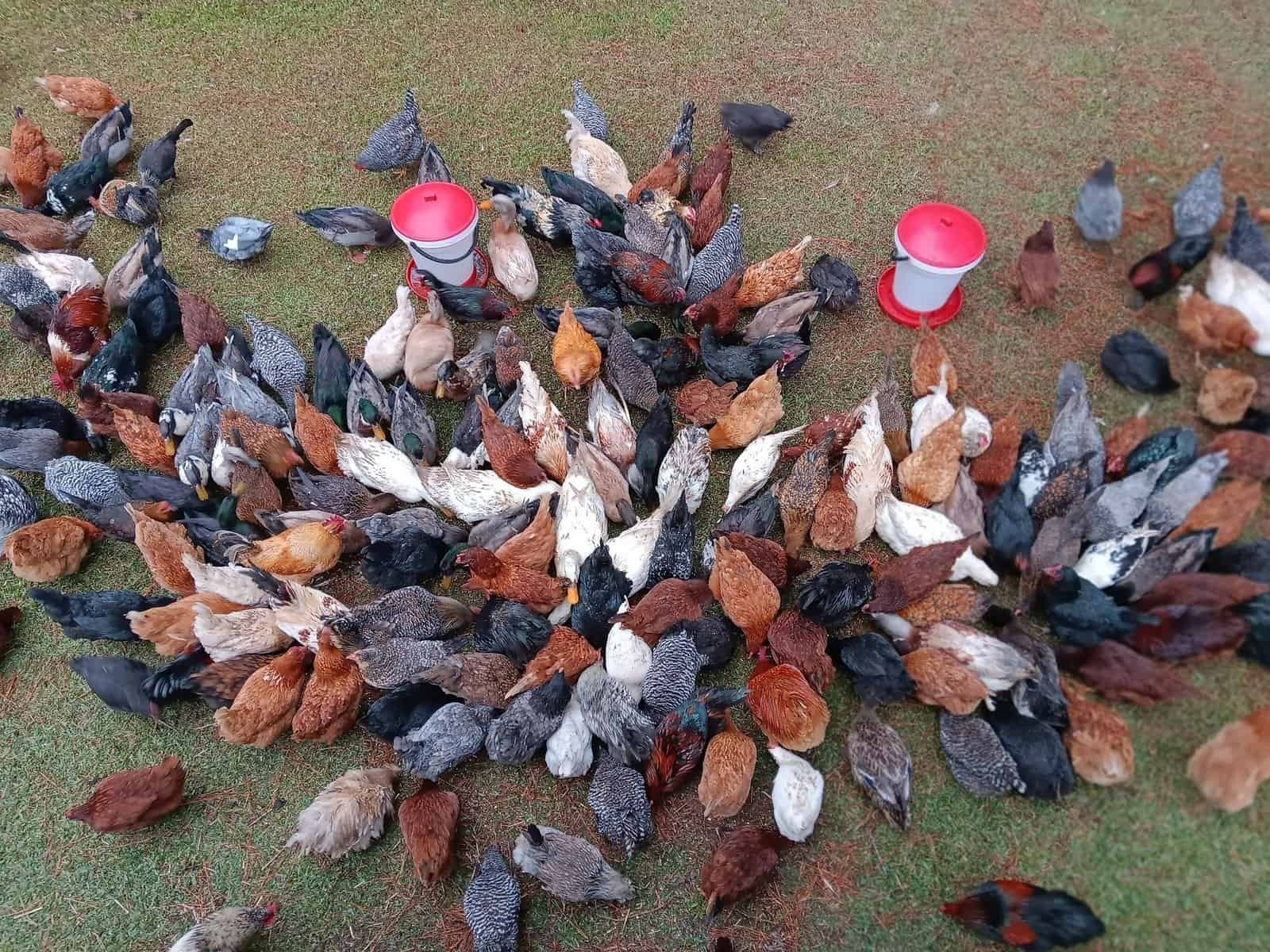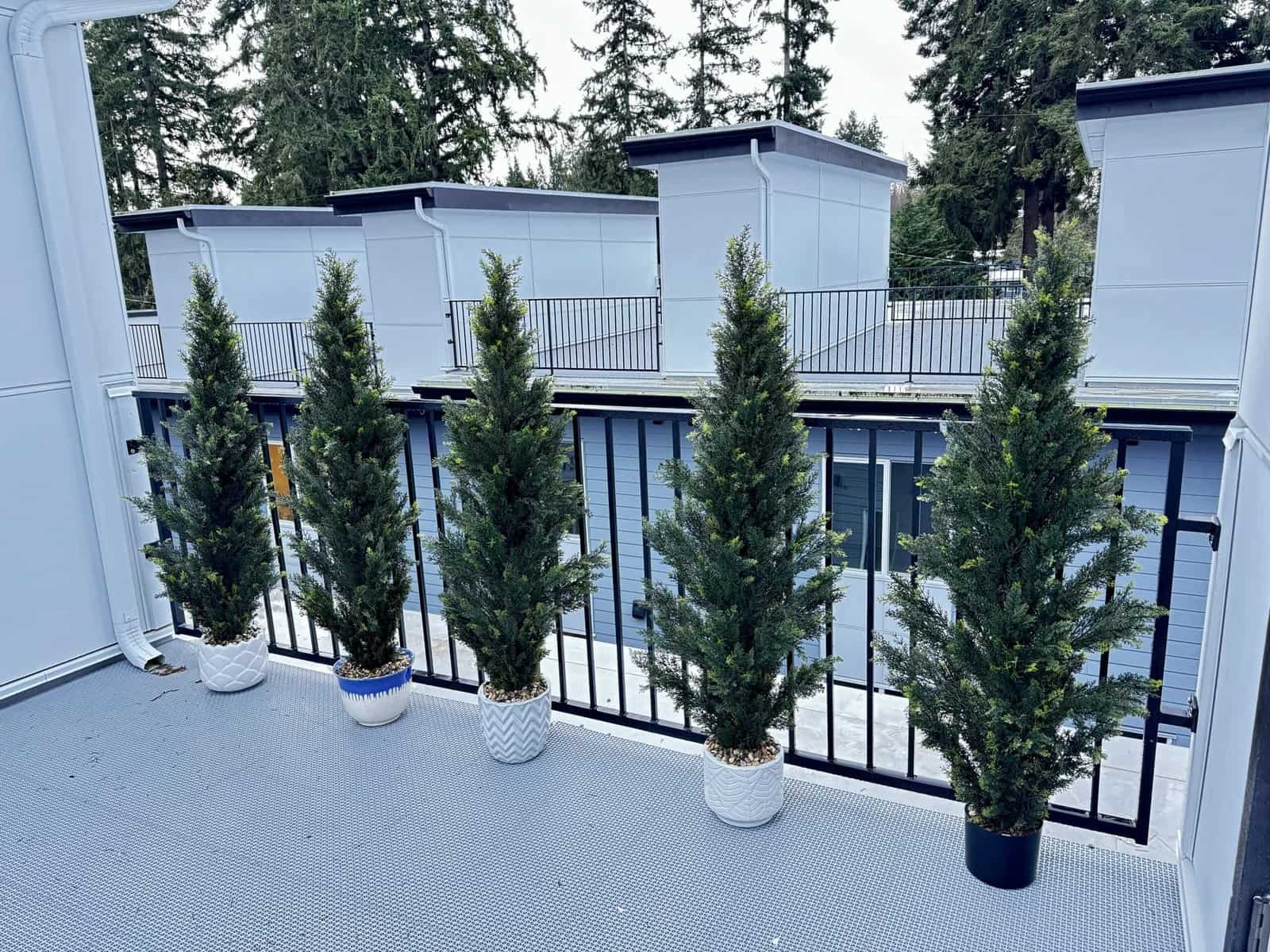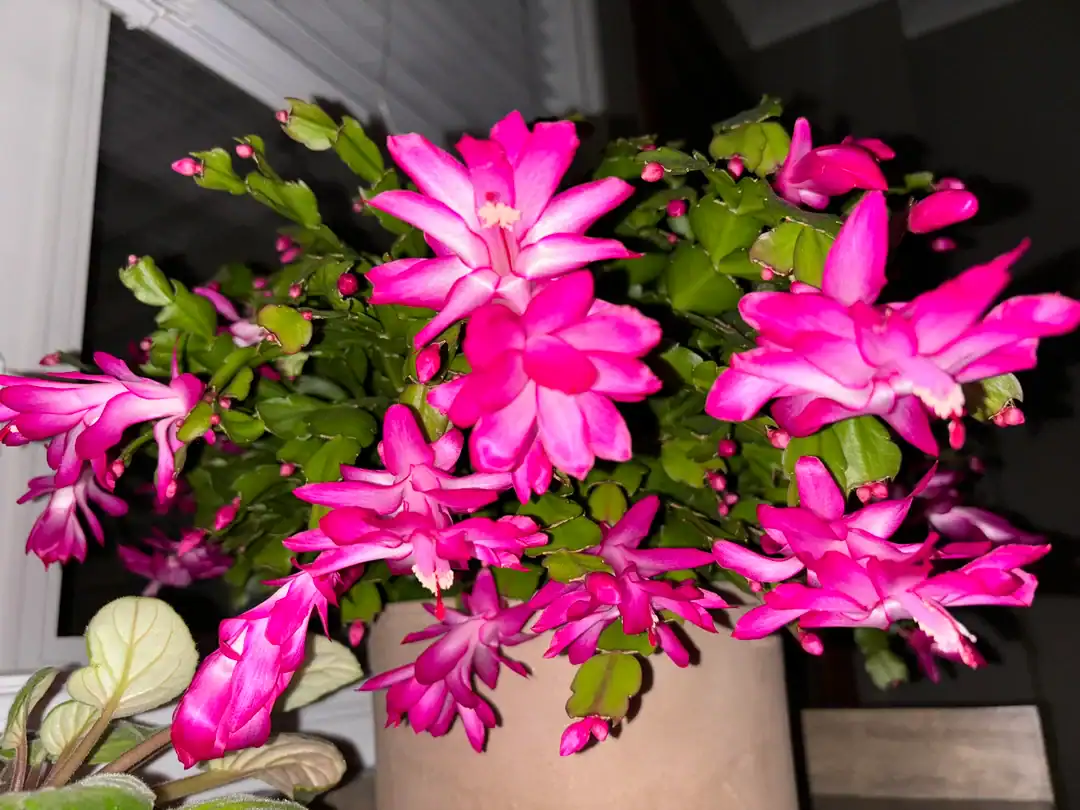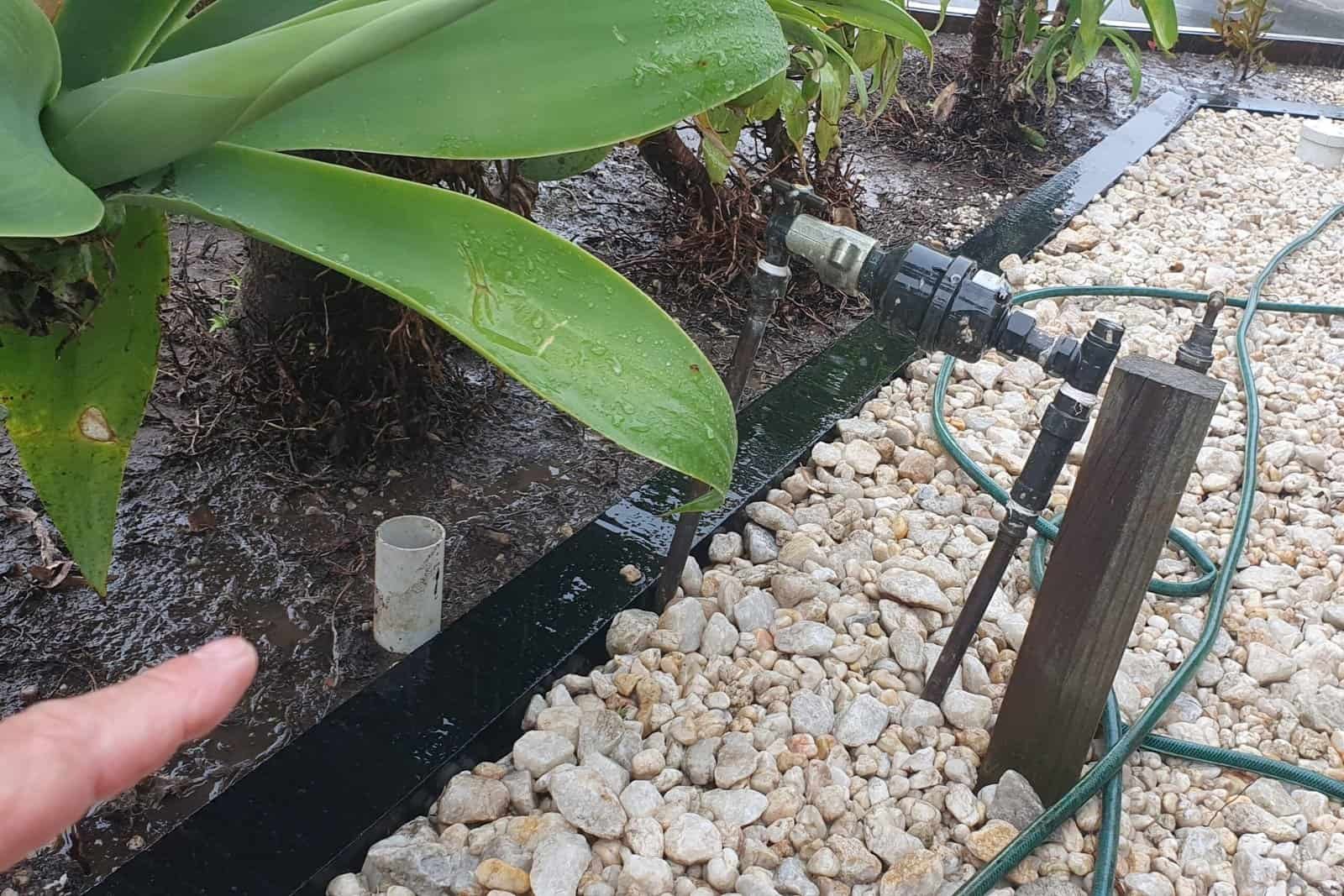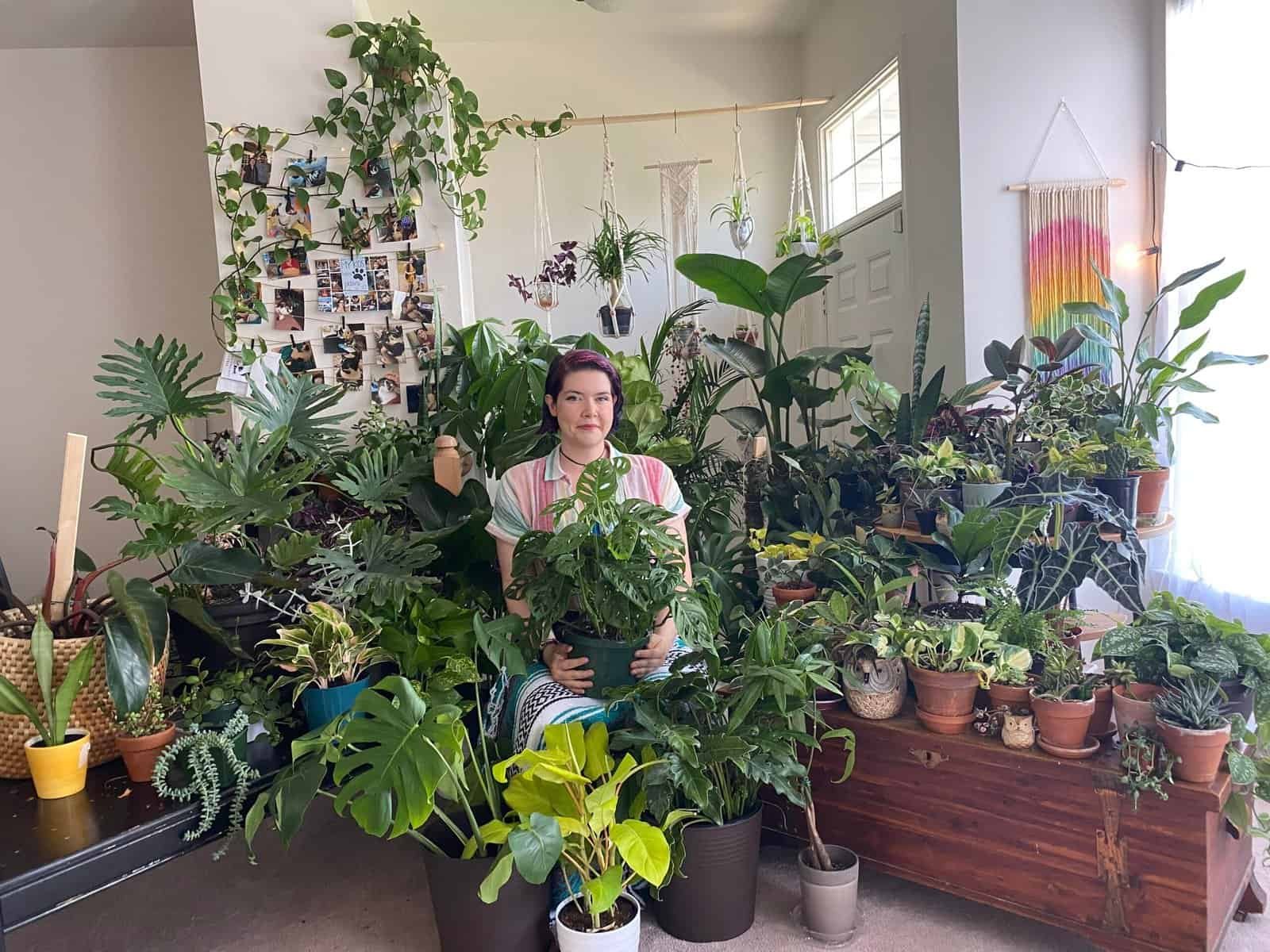Starting seeds doesn’t have to be scary! I used to feel unsure, too, but once I learned a few simple techniques, it became one of the most rewarding parts of gardening.
In this post, I’m sharing everything I do to give my seeds the best chance to sprout and grow strong. Let me walk you through my full process—from soil prep to sprouting success!
Contents
- 1 Use Fresh Seeds for Better Germination Rates
- 2 Choose the Right Soil Mix for Starting Seeds
- 3 Prep Your Seed Trays the Right Way
- 4 Try This Bottle Cap Trick for Planting Seeds
- 5 Always Water Soil Before Planting Seeds
- 6 How to Sow Seeds for Best Germination Results
- 7 Cover and Mist Seeds to Keep Soil Moist
- 8 Keep Moisture In with Covers and Lids
- 9 What to Do After Seeds Begin Germinating
- 10 In A Nutshell
Use Fresh Seeds for Better Germination Rates
Let’s begin with something that matters—your seeds! I’ve learned that seed quality makes a big difference. Seeds have a shelf life, and using old seeds can lower your success rate.
If your seeds are one to two years old, they’re usually fine.
But once they hit three, four, or even five years, the shell hardens. That makes it harder for the seed to absorb oxygen and water, which slows down or even prevents germination.
So, what do I do?
- I always go for fresh, high-quality seeds.
- I avoid using anything too old to save time and avoid disappointment.
Trust me—starting with good seeds makes the whole process easier!
Choose the Right Soil Mix for Starting Seeds
Now that we have good seeds, let’s talk about soil. The right soil is just as important as the seeds. You want something light, fluffy, and soft.
Why? Because seedlings need to push through the soil to break the surface. The tiny plant might not make it if the soil is too dense or heavy.
That’s just a waste of seed—and I’ve been there, so I know how frustrating that feels!
Light and Fluffy Soil Helps Seedlings Grow
To make things simple, I use a seed starting mix. It’s already made to be lightweight. Most of the ones I use are a mix of peat moss and perlite.
- Peat moss is soft and light, perfect for helping seeds push through.
- Perlite improves drainage, so your soil doesn’t hold too much water and drown the roots.
This combo is fantastic for starting seeds!

Add Vermiculite to Retain Moisture and Nutrients
Here’s another thing I always include: vermiculite.
Vermiculite is similar to perlite, but it works a bit differently. While perlite drains, vermiculite retains moisture, and that’s great for seeds! It helps keep the roots moist and holds nutrients where needed.
So what do I do?
- I mix vermiculite into my starting mix.
- Sometimes, I sprinkle it right on top, close to where the seed will sit.
Either way, it helps build strong, healthy roots from day one.

Prep Your Seed Trays the Right Way
With the mix ready, it’s time to set up the trays!
I use seed trays with multiple cells. The ones I picked up from Home Depot cost around $10 and have 50 cells—super affordable and convenient.
Use Trays with Drainage Holes to Prevent Rot
Each cell in my tray has a hole at the bottom. These little holes are a lifesaver! They help with drainage and stop water from sitting at the roots and causing rot.
Plus, when it’s time to transplant, I just poke from the bottom and pop the seedling right out. So simple!

Fill Cells with Even Layers of Seed Mix
Next, I pour in my soil mix. I try to spread it evenly across all the cells.
Here’s a tip:
- Check the texture. It should feel fluffy and break apart easily.
- If it clumps, it’s not airy enough and might smother the seedlings.
Getting this part right makes everything easier later.

Try This Bottle Cap Trick for Planting Seeds
Here comes one of my favorite hacks—this little trick blew my mind!
An old gardener taught me this: take a bottle cap, glue a piece of floss across the top, and boom—you’ve got the perfect seed hole tool.
Why use this? Because the height of the cap is just right for planting depth. I press it down into each cell, and it creates perfect, even holes for my seeds—no mess, no fuss.
It’s fun, and you don’t even get your hands dirty. I love how easy and quick it makes the whole process.

Always Water Soil Before Planting Seeds
Now, here’s a step many people forget—soaking the soil first.
You don’t want to plant seeds into dry soil. When you water after covering the seed, the moisture might not reach the bottom. That’s not great for germination.
So here’s what I do:
- I soak the soil before planting.
- Then, if needed, I use my bottle cap tool again to remake the planting holes.
It’s a small extra step, but it makes a big difference!

How to Sow Seeds for Best Germination Results
Now, let’s get to the actual sowing! This part is fun because you can finally use all that prep work.
I recommend planting 2 seeds per cell. That way, if one doesn’t sprout, the other likely will. If both sprout? Just snip one off. That prevents competition for nutrients.

If you accidentally drop in three seeds, don’t stress. You can thin them later.
Here are some of the seeds I’m growing right now:
- Roma tomatoes
- Honeycomb hybrid tomatoes
- Big pink hybrids
- Lots of cucumbers, too (because I love cucumbers!)

Cover and Mist Seeds to Keep Soil Moist
Once your seeds are in, you must cover them up and keep that moisture in.
Use Soft Soil to Cover Your Seeds Gently
I cover the seeds with a thin layer of the same fluffy starting mix. Not too thick—just enough to give them a cozy blanket to sprout under.

Mist Gently to Avoid Displacing Tiny Seeds
Now, I grab my misting bottle and lightly spray the top.
Why misting?
- It keeps the top layer moist.
- It doesn’t blast the soil or move the seeds around.
You can see the water resting on top without shifting anything. I love this part—it feels like I’m giving the seeds a gentle wake-up call.

Keep Moisture In with Covers and Lids
Once the seeds are tucked in and misted, it’s time to seal in that moisture.
Use Cardboard or Plastic Domes to Trap Moisture
You can cover the tray with cardboard or use a plastic dome if your kit includes one. I use both sometimes, depending on the setup.
This step keeps the soil from drying out too fast, especially in warm weather.

Store Seed Trays Away from Direct Sunlight
I always put my trays somewhere cool and shaded at first. You don’t want direct sunlight yet—it can overheat the soil and dry it out before germination.
What to Do After Seeds Begin Germinating
Here’s where things get exciting—when those little green shoots start to pop up! As soon as I see signs of life, I move the trays into a sunny spot.
If it’s still cold or frosty outside, I use a grow light indoors. But if the weather is warm, I place them outside to soak up natural sunlight. Either way, they start getting energy and growing fast from here!
In A Nutshell
As you can see, seed starting is easier than most people think. With fresh seeds, fluffy soil, and a few simple tricks, you’ll be sprouting strong seedlings in no time.
Why not give it a try this season? I promise, watching your first sprouts break through the soil is pure magic!

